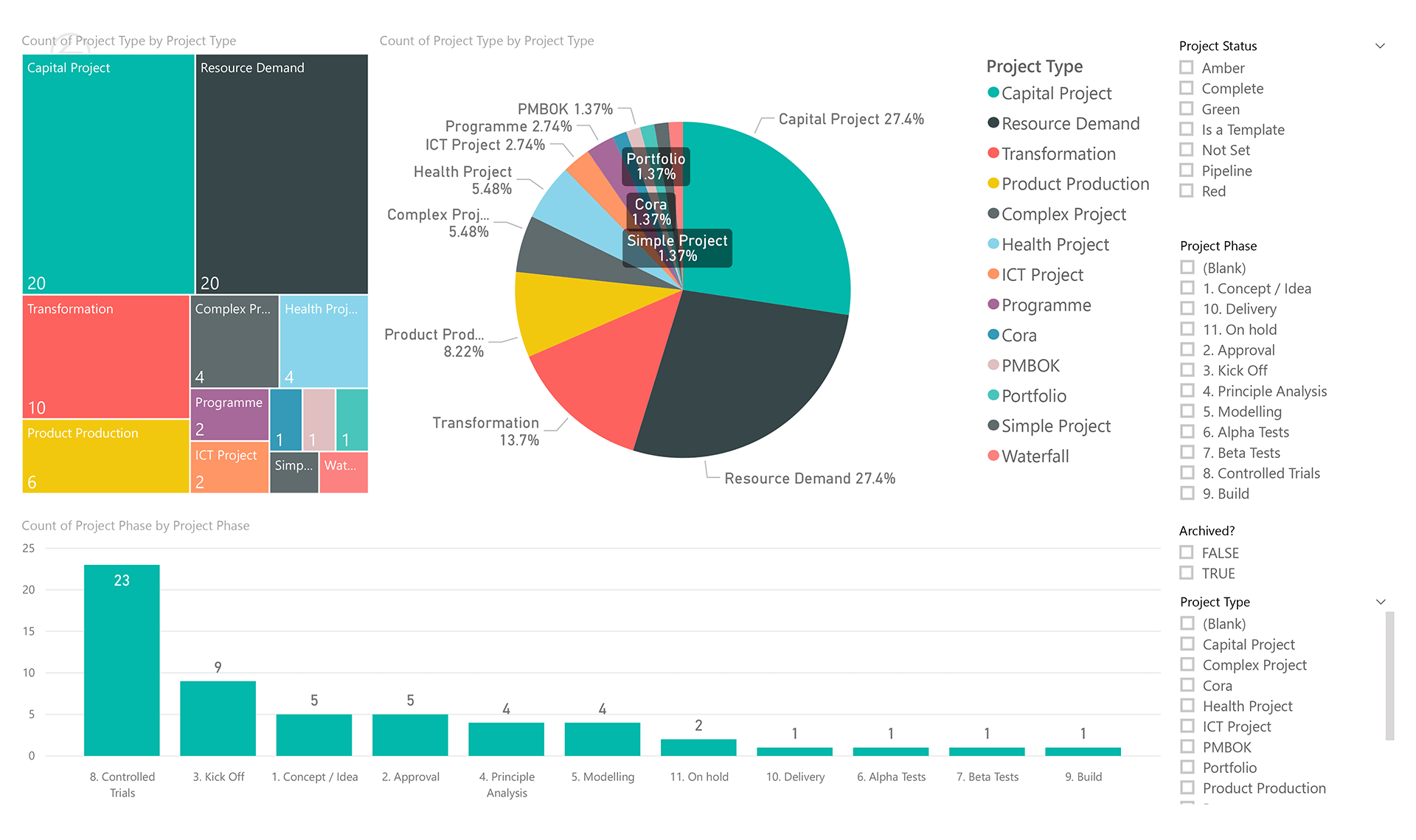On Friday morning, I sat in the car at Dublin Airport after getting off a transatlantic flight (dotted with white masks) with our CTO, Pat Henry, and I said to him: ‘That’s probably the last time we’re going to travel in the next eight weeks.” We’re grounded. Our customers already have the same problem. I just spoke to a senior director at a multinational pharmaceutical company and he said they’ve clamped down and said, “No travel”.
The Need to Work Remotely
What’s going to happen now is that people are going to have to remote work a lot better. Remote working is going to become critical in the next few weeks. There’s two aspects. Companies will either have systems where staff can work remotely or they’ll need to install systems to work remotely.
Projects are run best when they’re face to face, but with the kind of shutdown that a Coronavirus threat brings, this isn’t practical. A lot of our global clients, for example, have the capability to completely manage their projects remotely – 10,000s of projects and portfolios across, say, 50+ countries with regional sites – but rarely have they the need to do that all 100% remotely. It’s unusual. You get so much from a traditional face-to-face meeting.
With Coronavirus, however, in the short to medium term that has changed now. It’s become critical not to travel. This means there’s an onus to continue day-to-day work practices but to find workarounds. What’s the next best thing to “face to face” meetings? How do you implement systems to do that?
Strategic Work and Execution Work
Normally, in a global business like, say, engineering or life sciences, or in public sector healthcare, work is broken into two streams: strategic work and execution work. The execution tasks are day-to-day items. A lot of that work can be done online. This is already happening, but typically senior project management personnel need to meet for strategic work, and to make strategic decisions in a room. If you can’t meet – if staff are grounded – you need to have a remote, online decision-making tool.
For example, the Cora PPM planning tool allows you to surface a set of strategic decisions which automatically prioritizes work, highlighting what you need to achieve, clarifying if you’re achieving against corporate objectives.
People are not as used to doing strategic planning remotely. If they’re forced to that – in the case with a global Coronavirus pandemic by not travelling – they need a toolset that is sensible and very easy to use. A solution that allows you to make those strategic decisions web-based, accessed from anywhere – in remote offices or home offices, integrated with online meeting tools – with easy-to-use screens that enable you to make decisions very easily.
Get the Strategy Realization Right
If people bury their heads in the sand and don’t face up to this crisis – with the impact that global travel restrictions could have – their strategic planning could get out of hand very quickly. Allow me to explain.
Typically, project portfolios are revisited quarterly or on a six-monthly basis. On a day-to-day basis, they’re monitored constantly, project teams are delivering against portfolios, to ensure the organization is executing properly. For our multinational clients (with their travel plans in disarray), it’s all about strategy realization. First, it’s about doing the right projects against your strategy, about selecting them correctly. Second, it’s about executing against that strategy. Top down versus bottom up.
You’ll have live projects in your existing portfolio that you need to look at, and evaluate. Should we continue with them? Should we put them on hold? Should we stop them because they may or may not be good projects? What we call “dogs”. Then you have new projects that come in – what we call “stars”, which have a good strategic fit and could generate a lot of revenue – which should be prioritized.
Because you’ve a finite amount of money you need an ability to re-assess your portfolio – perhaps stopping projects, adding projects, changing track – on a live basis, and without necessarily meeting face to face. Some of the companies I’m talking to don’t have the capability to do that, but a threat like Coronavirus has made it apparent that companies need to address that shortcoming – and fast! Lack of the ability to travel should not inhibit your organization’s ability to deliver on their portfolios.

The Silver Lining
No one for a second is underestimating the gravity of the Coronavirus – with the fatalities already incurred and its threat to the functioning of the global economy – but maybe there is a silver lining to the Coronavirus. Companies will reduce travel costs. I’ve no doubt that it will act as a spur to innovation. It will accelerate machine learning. It will reduce our carbon footprint. It will be interesting to see its knock-on effects.
Humankind has always been robust and inventive, especially when it needs to be. Personally, I’m looking forward to getting to spend more time with my family in the evenings – to play football with my son or basketball with my daughter – because I won’t be traveling as much. I won’t lose my Sunday to be in a business meeting Monday in the United States.
Best of Both Worlds
Let’s not forget, too, that companies have their corporate social responsibility to consider. They have a duty of care. We have to make sure we take care of our staff as well – to make sure they’re not put in harm’s way.
At the same time, companies will have to continue to carry on projects and to meet to make business decisions, so they can increase shareholder value. A remote, online project management toolset is the solution to that problem. It’s the best of both worlds.
Conclusion
You’ve read the benefits and if you need to manage and track projects remotely to reduce the impact of the Coronavirus on work then you should consider implementing a portfolio or project management solution, quickly. Cora Systems can configure and install the first phase remotely and rapidly. It can be up and running almost immediately, with essential project work functionality, and the facility to do a more detailed implementation if needs be later on. To see the solution in action, watch a recorded demo at stg-corasystems-stage05apr23.kinsta.cloud/demos, where you can also request a personalized demo.





